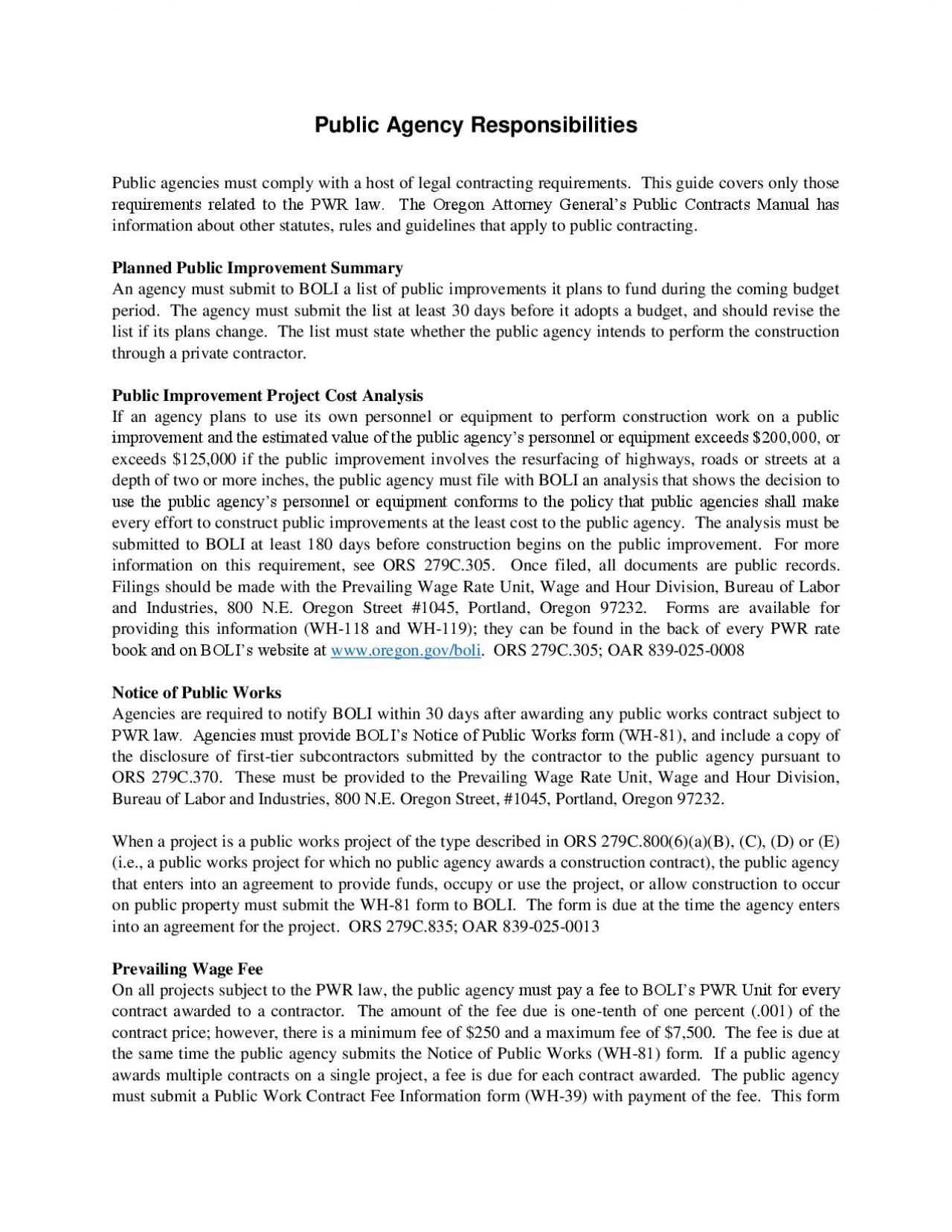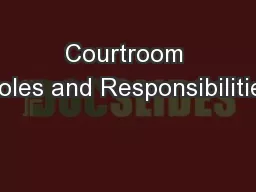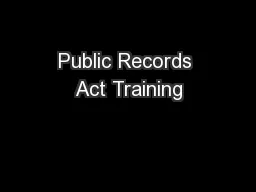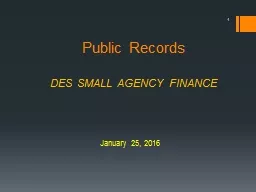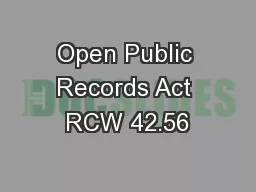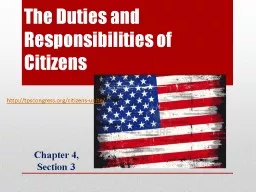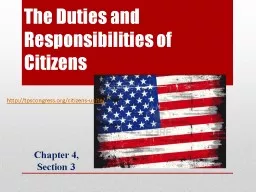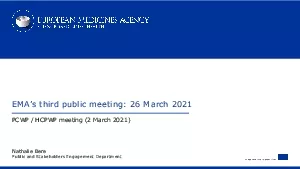PDF-Public Agency Responsibilities
Author : phoebe | Published Date : 2021-06-18
Public agencies must comply with a host of legal contracting requirements This guide covers only those requirements related to the PWR law The Oregon Attorney Generals
Presentation Embed Code
Download Presentation
Download Presentation The PPT/PDF document "Public Agency Responsibilities" is the property of its rightful owner. Permission is granted to download and print the materials on this website for personal, non-commercial use only, and to display it on your personal computer provided you do not modify the materials and that you retain all copyright notices contained in the materials. By downloading content from our website, you accept the terms of this agreement.
Public Agency Responsibilities: Transcript
Download Rules Of Document
"Public Agency Responsibilities"The content belongs to its owner. You may download and print it for personal use, without modification, and keep all copyright notices. By downloading, you agree to these terms.
Related Documents

